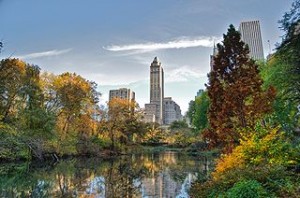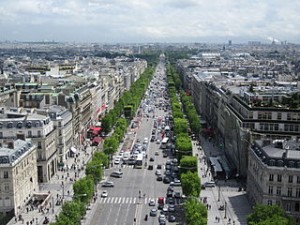Throughout the course much of the material has been very interesting however what I found to be most interesting was Le Corbusier’s Radiant City. The push towards skyscrapers and large parks was fascinating and it resonated with some of my travels on the East Coast. I always appreciated the architectural mastery of the skyscraper but I never knew how much cultural and social influence they had as well. The way in which they maximized population while minimizing space was something I never thought of a true purpose of the skyscraper. Even the criticism to Le Corbusier’s work I found interesting with many arguing that these parks that he implements are in fact much more dangerous than the slums they replaced. However one critique that I have not found much reading on is that of a Marxist critique and I wanted to give my own critique through a Marxist lens. From a Marxist point of view the skyscraper is a literal manifestation of the bourgeois being placed on a higher level than the proletariat. The CEO’s and upper management is literally above the rest of the workers looking down upon them as to assert their dominance as having more power through financial means. This applies to residential skyscrapers as well in the way that the penthouse is usually the most expensive unit on the top of the building and once again through financial means someone can be literally on top of the peoples of lesser means. Le Corbusier’s ideas are fascinating even though some of them can be seen as damaging and causing more problems than they solve, however even through the problems it cannot be denied that his ideas were revolutionary and influenced urban planning greatly in the latter half of the 20th century.
– Zach Coates


